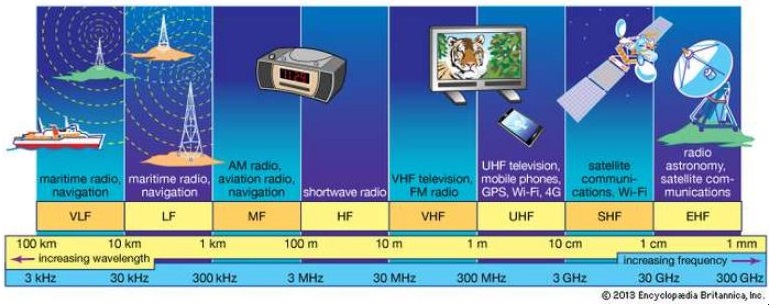A Brief History of Radio, page 1
PRECURSORS TO RADIO
In the beginning, mankind communicated long distance through drums, smoke, semaphore flags, signal lamps, mirrors and other audio or visual signaling devices. These early attempts at communication were limited to short distances. Some were only usable in daytime, others only worked at night. Most of these communication attempts were limited in where transmissions could be received and dependent on codes to convey their messages.
BEFORE TWITTER THERE WAS THE TELEGRAM
As mankind continued to evolve, his quest for long-distance communication continued. Telegrams used electromagnetic systems to send messages across wires connecting the transmitter with the receiver. Messages were transmitted in code with Morse Code coming to the forefront in 1844. Commercially, this led to the Western Union telegram—in its heyday, the average Western Union message was less than 12 words, or about 66 characters compared to the average length of today’s Twitter message being 33 characters.
THE WIRE SERVICES
The Associated Press began in 1846 as a way for five of New York City’s daily papers to share the costs of transmitting news from the Mexican-American War. UP (UPI) was formed in response in the 1880s by Midwest newspaper publisher, E.W. Scripps. Together, these wire services provided much of the national news content for regional newspapers. By 1914, the teletype machine was standard in member newsrooms and allowed for transmission of text rather than Morse Code. By 1935, AP and UP began licensing their newswire services to subscribing radio stations, even though their major clients, the newspapers, were opposed to this move. This allowed radio stations to provide newscasts to their audiences without the expense of a newsroom.
THEN CAME WIRELESS
Wireless communication can trace its existence back to 1887, when Heinrich Hertz generated the first radio waves–proving James Clerk Maxwell’s theory (Maxwell’s equations) that electric (radio) waves existed. Guglielmo Marconi built upon Hertz’s work to create the first practical demonstration of wireless communication in 1894. By 1901, Marconi was broadcasting transatlantic radio signals. This solved the distance problem and cut the cord, although messages were still in telegraph code.

